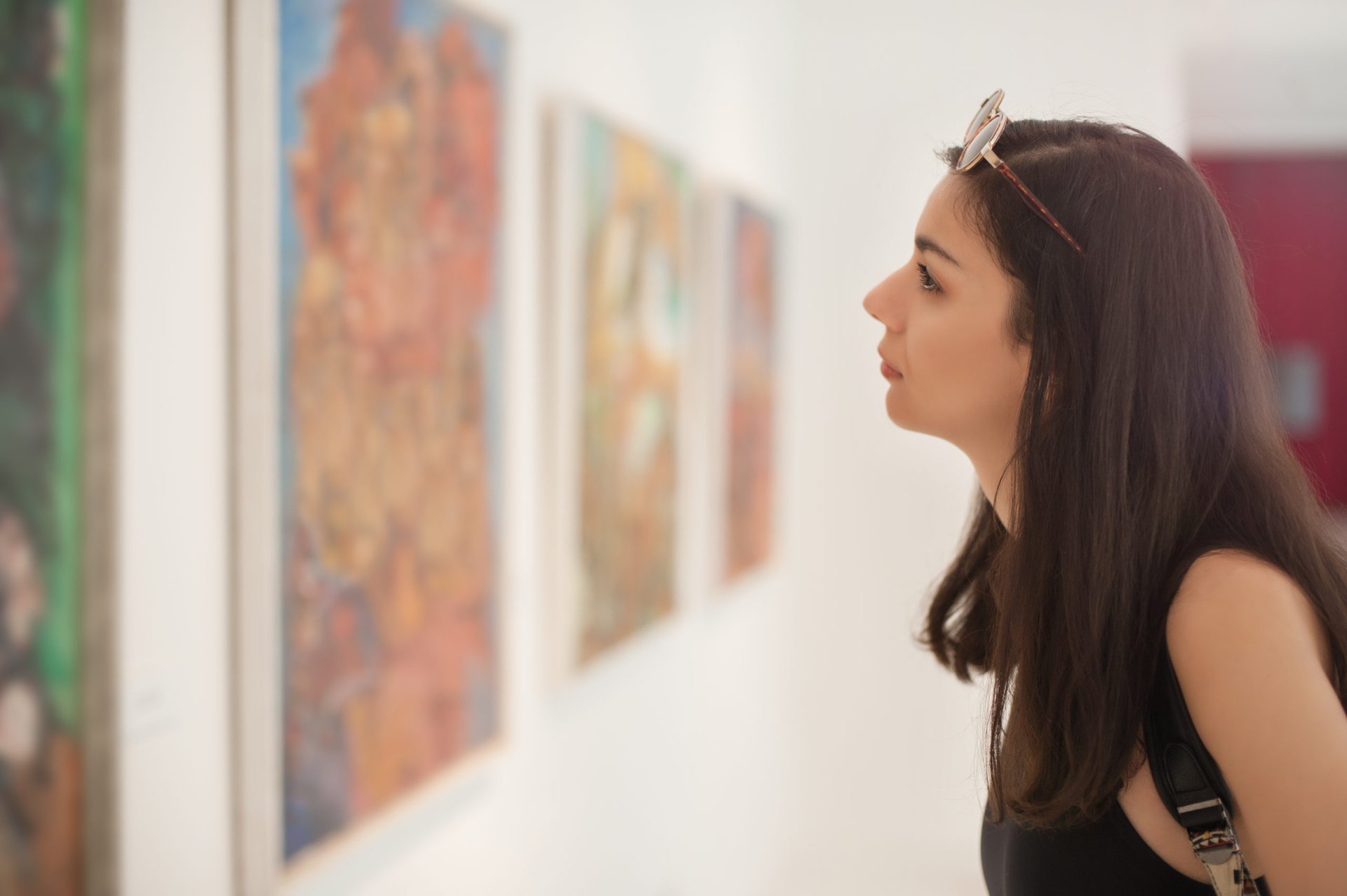
Is your portfolio prepared for the next stock market crash?
If you’re like the majority of investors out there, it probably is not — and the recent volatility may have been a real wakeup call.
A decade into a bull market, it’s easy to understand why many of us have become complacent, to assume returns will always be there and that a traditional portfolio of equities and bonds will offer more than enough safety to weather any coming storm.
But that’s just not true.
Yes, the DJIA surged 22% in 2019 but investors are facing uncertainties about global trade, future returns and more. The threat from the coronavirus, which originated in China, has shut down factories, disrupted supply chains, hit tourism and now, given uncertainty to the global economy, it has delivered a harsh shock to the stock market.
But there are alternatives to the stock exchange that the wealthy have long had access to — including art.
It’s true. When the S&P declined 5.1% in 2018, the art market returned 10.6% and was called “the best investment of 2018” by The Wall Street Journal. Why is art so powerful as an asset class?
It’s non-correlated. Asset correlation measures how investments move in relation to one another. At the most basic level, assets that move in the same direction at the same time are considered to be highly correlated, while those that go in opposite directions, with one going up when the other goes down, are considered to be negatively correlated.
When building a diversified portfolio it’s important to include assets that are not correlated to the overall market in order to provide protection against a downturn. The way to do this is to include some non-correlated assets — those that are entirely isolated from the stock market — in your portfolio.
Art is the ultimate non-correlated asset. Whereas stocks can be very reactive to day-to-day news and events, the art market is far slower to move, typically continuing to appreciate at a slow and steady rate no matter what the broader market does.
It’s resilient. The fall of 2008 was a dark time for world markets. Fresh on the heels of the unwinding of the subprime mortgage market, the collapse of investment bank Lehman Brothers in September that year turned a run-of-the-mill stock market downturn into a full-blown global financial crisis. That year, the S&P 500 fell by more than 37%.
Through this period, however, the art market was far more resilient. Yes, prices fell, but they were quick to rebound, despite the long hangover that dogged stocks for years. Based on the Mei Moses Indices, the leading art index at the time, from 2007 to 2009, auction prices fell by roughly 27.2%. Meanwhile, the S&P 500 fell 57% from its peak and hit a 12-year low in early March 2009. Through all this, art remained strong. In February 2009, for example, just five months after the collapse of Lehman Brothers, the sale of an art collection owned by fashion designer Yves Saint Laurent brought in a record-breaking $483.8 million.
It’s global. Unlike most stocks and bonds, which are limited to the U.S. and other countries where those assets are traded, art is a global commodity. It can be bought and sold between collectors anywhere on Earth, making it a truly worldwide market. Access to this large pool of potential buyers insulates the art market from country-by-country economic concerns and ensures a steady stream of new investment.
It’s in demand. As financial markets began to unravel in 2007 and 2008, demand for fine art soared to new heights. For instance, in 2005 roughly $630 million flowed into the market for paintings sold at auction for $5 million or more. In 2008, however, the value of these masterpieces changing hands nearly quadrupled to a record-breaking $2.2 billion.
And this hasn’t slowed down, either. By 2012, the market was already ahead of its 2008 peak and continued to grow to new heights, achieving a staggering $4.2 billion for sales in 2015.
It outperforms the stock market. Plain and simple, art did better than stocks in 2018. Even as the stock market experienced volatility, the art market in 2018 looked remarkably similar to prior years.
On average, the art asset class posted 10.6% versus a 5.1% total return for the S&P 500, according to The Wall Street Journal.
With these advantages in mind, Masterworks has become the first company to allow investors to buy shares of masterpieces by artists like Picasso, Monet and Warhol. For too long, access to these blue-chip art investments have been limited to the ultra-rich and connected.
No longer. Through fractional ownership, Masterworks has opened to top-tier, blue-chip art investments to everyone.
Learn more at Masterworks.io.




Add a Comment
Our Policy: We welcome relevant and respectful comments in order to foster healthy and informative discussions. All other comments may be removed. Comments with links are automatically held for moderation.